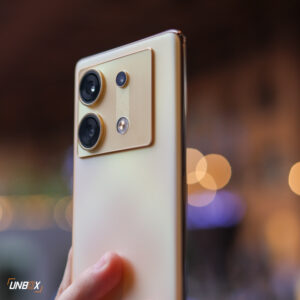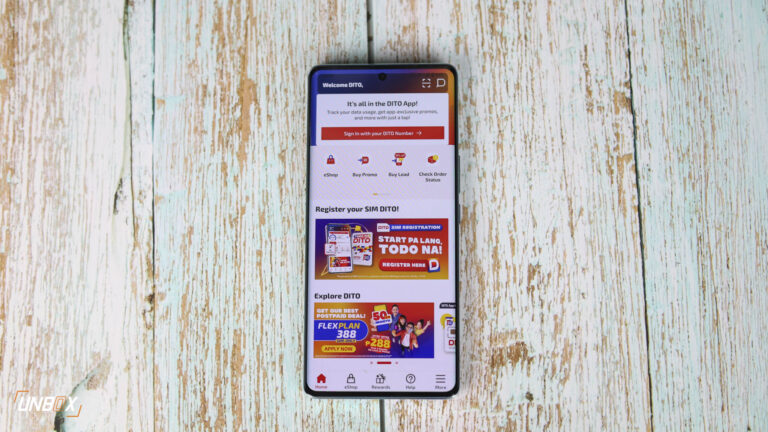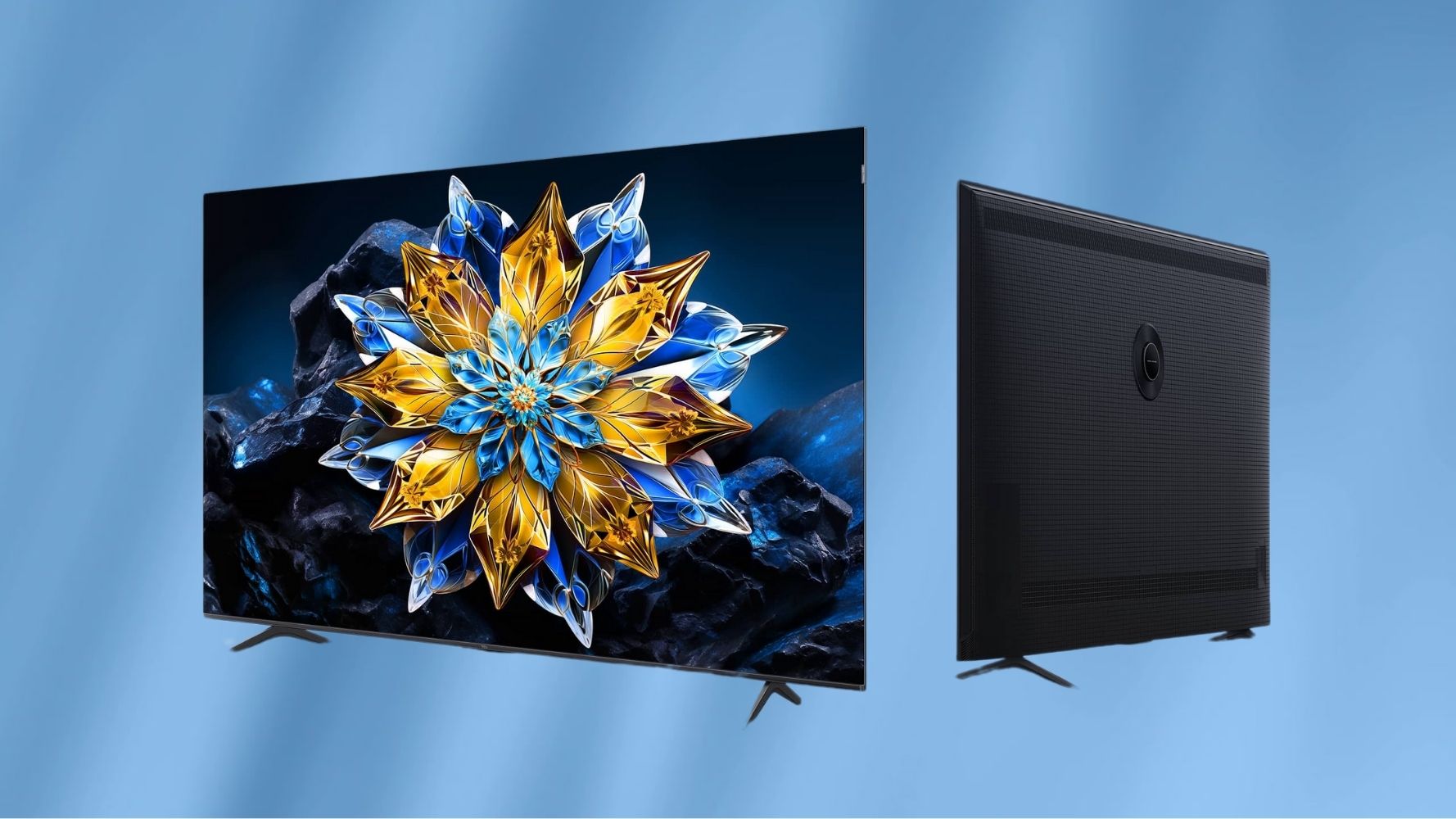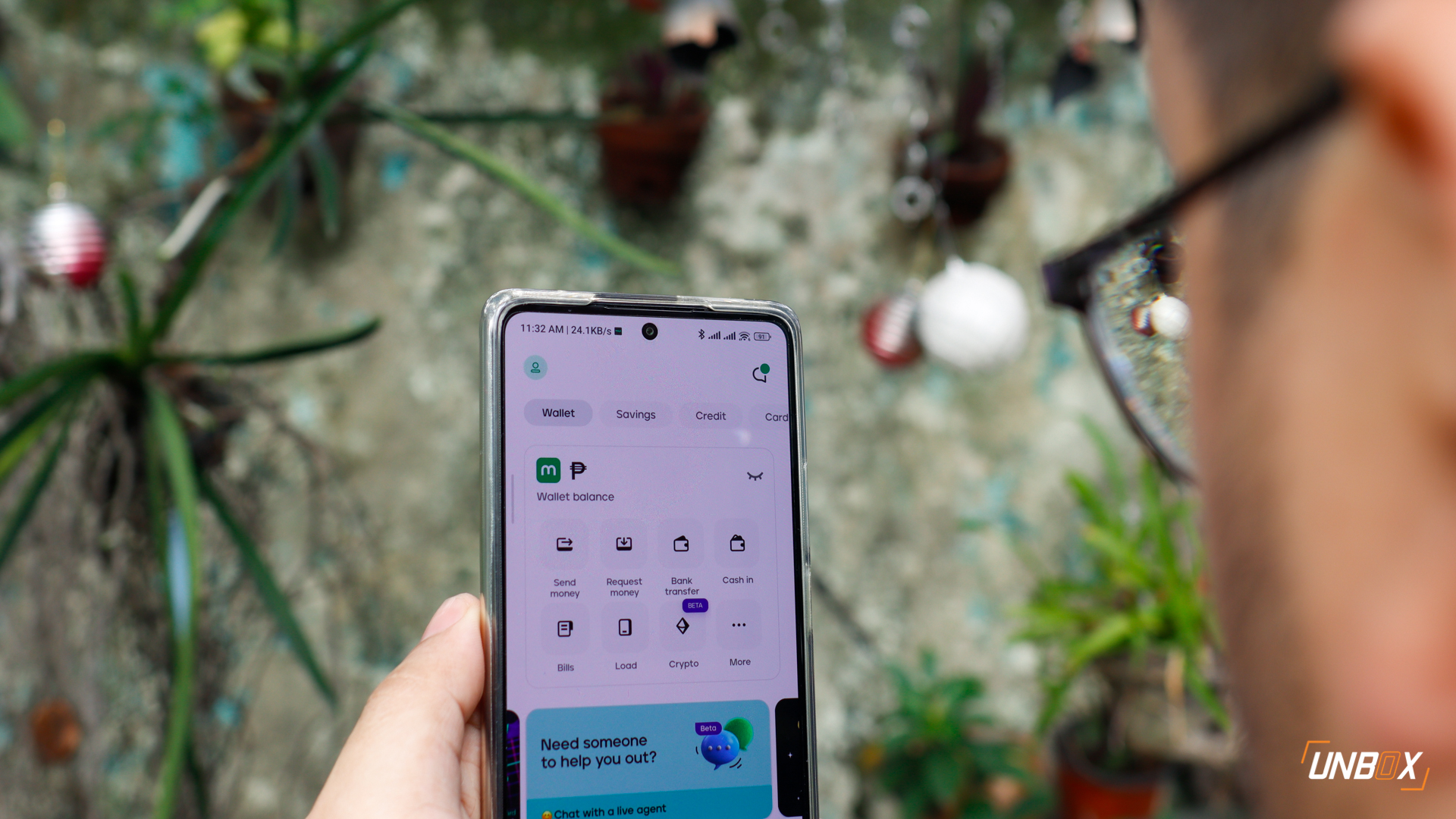The Flesh and Blood Trading Card Game (FaB TCG) has been getting popular in the Philippines for the past year, and in today’s article, I’m going to tell you how to start playing it.
What’s FaB Anyway?
FaB TCG is a game where you play as one of the many Heroes in the world of Rathe and engage in epic battles with the other Heroes of the realm. To aid you in these duels, you have full access to your weapons and equipment at the start of the game, while your deck is composed of attacks and other abilities that are unique to your Hero’s Class (which is something like their Job or Profession).

Your Hero, along with their Class determines their playstyle, and there are a lot to choose from – some are more aggressive, some are more defensive, some are adaptable, some can do magic, some summon minions to aid them in battle – the list goes on.
Interested? Alright, so how do we start playing Flesh and Blood?
Check If There Are Local Game Stores (LGSs) That Carry FaB In Your Area
I remember when I visited Los Angeles for a month last year and stayed in a town called Santa Clarita. I’ve brought most of my FaB decks and even my sale and trade binder during the trip, thinking that I’ll be able to join the Armories there because after all, the game’s big in the US already. What are the odds that I won’t find an LGS that carries the game right? I later found out that there are only a couple of LGSs around town, and that they mostly play Magic: the Gathering, Lorcana, and One Piece TCG… and none of them are interested to start playing Flesh and Blood anytime soon. I later found out that the closest weekly Armory for FaB was in another town a couple of hours away, which I couldn’t go without spending a lot on transportation. Long story short, I was on a (forced) FaB break for a month.
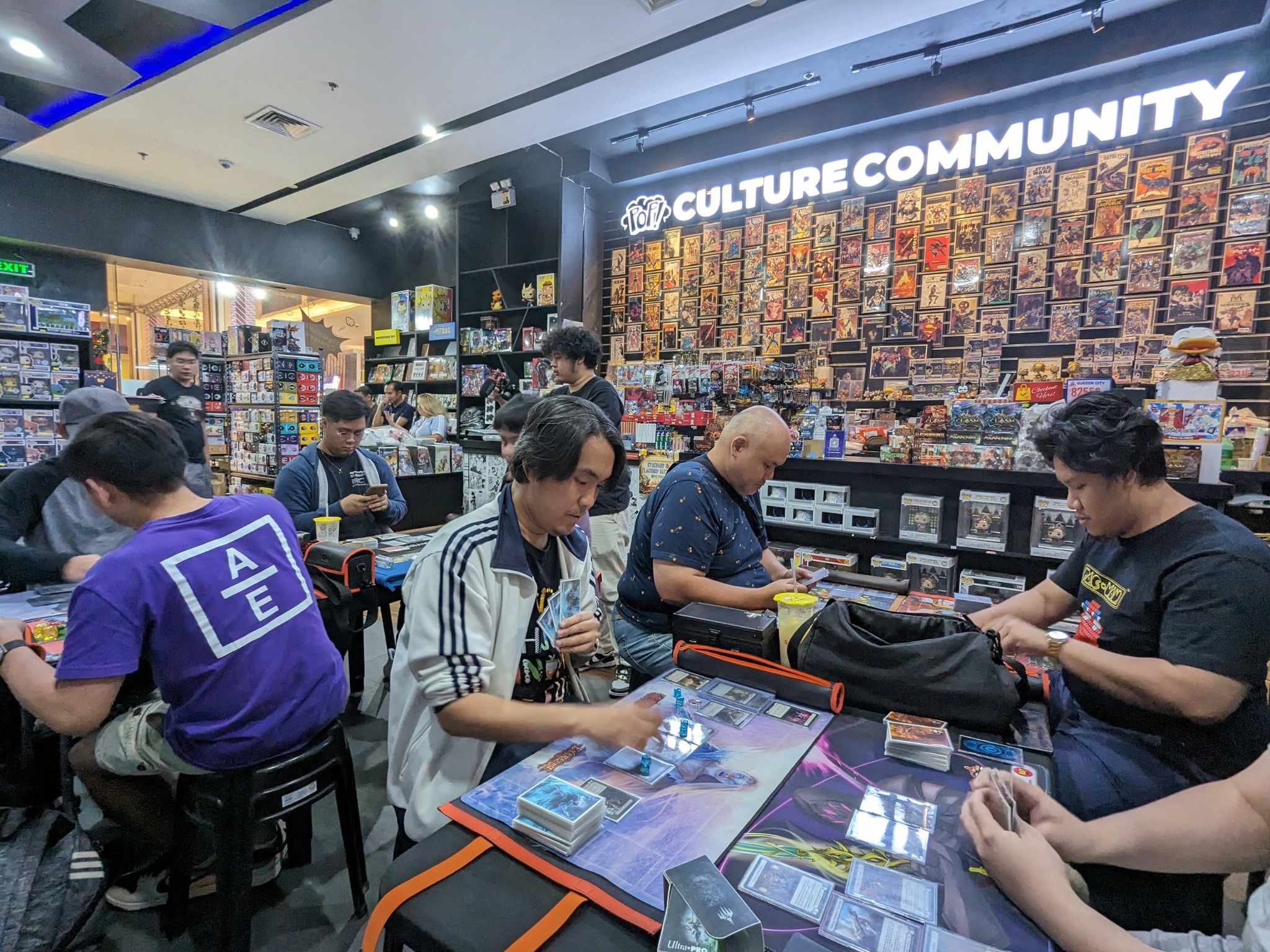
The lesson here is that no matter how much you are interested to start playing Flesh and Blood, it’s very important to check first if there is an LGS in your area (or at least within reasonable traveling distance) that carries and supports that product. This would ensure that you’ll have a steady supply of cards, weekly Armory (which is the casual weekly FaB tournament LGSs are required to run when they’re carrying the product) sessions to go to and meet other players, and a sign that the LGS is (hopefully) committed to growing a FaB community in the area.
Visit During Their Armory Days To See If The Game Is For You
Most stores have free demo decks to give away and can arrange learn-to-play sessions for you and your friends if you ask. They also usually have a couple of community figureheads among the players who are always happy to welcome new faces. So don’t hesitate to ask for a tutorial or play a couple of games, just to see if FaB is really for you. The best time to visit is about an hour or so before their weekly Armory starts – this way you’ll have time to ask around and maybe even play a couple of games without committing to anything yet.

I think this is important because FaB deviates a little bit from the fundamentals of most trading card games, and some players might think they like the game but change their mind after actually playing it.
For example, I initially didn’t like FaB much because its gameplay is very open-ended – there’s a lot of freedom and decisions to make at the start of the game (and I prefer more linear systems). I did like the later parts of the match when decisions became more limited as equipment got destroyed and there were fewer cards in the deck to work with. I only really started to enjoy it once I got the hang of the deck I’m using and learned to play it properly.
So dip your toes first and be sure you like the feel of the game and your local community before jumping in.
Check The Format That They’re Playing
FaB TCG has different formats. The most popular one is Blitz, where you only need a 52-card collection and a maximum of 2 copies of each card. However, the preferred format being played depends on the store and the time of the year.
Some LGSs play the 80-card Classic Constructed Format, especially if the National Championship Season comes around so players can practice for it.
Some LGSs hold Sealed or Draft formats, where you have to make your deck using the card packs that you receive.
Some LGSs cater to the more casual crowd by holding Commoner format Armories, where only Common-rarity cards are allowed, or even Ultimate Pit Fight (UPF) sessions, which are fun 4-player free-for-all brawls.
Finally, some stores do a little bit of both and change the format every week or so.
Buy A Blitz Deck

Blitz decks are preconstructed decks in FaB that are designed to be ready to play out of the box. It contains a Hero, their equipment, and a complete deck inside. You have to scan a QR code for the digital rulebook though. They’re the cheapest way to start playing, and you can always upgrade your deck with other cards depending on the format that you’re planning to play.
Now as for the best Blitz decks to start with… at the the time of this writing, Heavy Hitters Blitz decks are great – I’d recommend getting Victor, Kassai, or Kayo. The Fai and Dromai Blitz decks from the Uprising set are also good, especially if you like those Heroes.
From Here It’s An Open Road
After you’ve gotten your deck and probably played a few games, there are several options that you can take in your FaB journey.
If you’re more of the competitive type, FaB has a lot in store for you – it has a $1,500,000 Pro Play Circuit with lots of seasonal local tournaments that grant qualification to the next Pro Tour or World Championships. Even winning the National Championships is already lucrative by itself with all of the prizes at stake. If you’ve got the time and resources, there are also many international tournaments called Callings that award thousands of dollars in prizes in addition to the prestige of being immortalized in their Roll of Honor.

For this road though, be prepared to spend a little more to convert that fledgling Blitz deck into a Classic Constructed deck, which is the format used for premiere competitive play. This means buying additional cards like some of the pricier majestic-rarity cards, and eventually Legendary equipment for your Hero.

On the other hand, if you just want to play the game socially and just hang back and chill, sticking to the Blitz format is just fine. You can gradually upgrade your deck too if you want, or downgrade it a bit to join Commoner format tournaments. FaB TCG also has a new Social Play program for encouraging more players to get into Ultimate Pit Fight by rewarding participants and winners with unique Promo Cards and Playmats. There are also big, casual, seasonal local tournaments called Skirmishes which are played in the Blitz, Sealed, or Draft formats which also reward some nice prizes.

Finally, others are more into the collectability aspect of the game, whether for fun or profit. You’ll be glad to know that FaB has an active secondary market where players buy, sell, or trade individual cards. One thing to note is that FaB card prices are skewed heavily towards the Majestic and Legendary-rarity cards – Commons and Rares are generally not worth much unless they are really popular staples. If you’re planning to buy boxes to flip them for profit by selling single cards, do note that some sets have better Estimated Values (EV) than others, which makes it easier to earn your investment back – though do note that you might still need to buy a lot of product to even out any bad boxes.
I hope this guide helps you start playing Flesh and Blood TCG, and I hope to see you around Tambuyan at Unbox (come drop by on Tuesdays or Wednesdays around 5pm)!
Team Unbox has been doing well so far in this Road To Nationals season. Check out who already qualified for the biggest local FaB tournament this year!
Read More:
–FaB TCG Unbox RTN Results – The Nationals Season Begins!
–FaB TCG Road to Nationals Week 2 – Top Finishes for Unbox
























